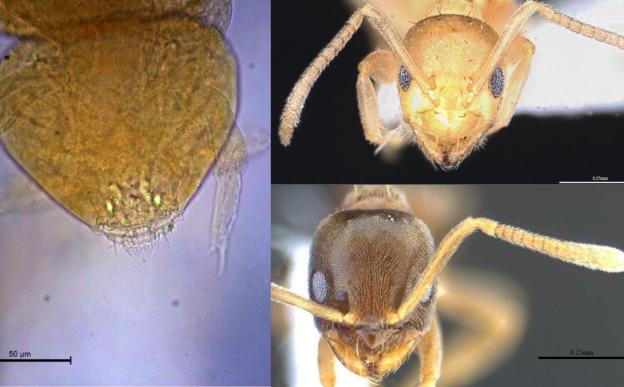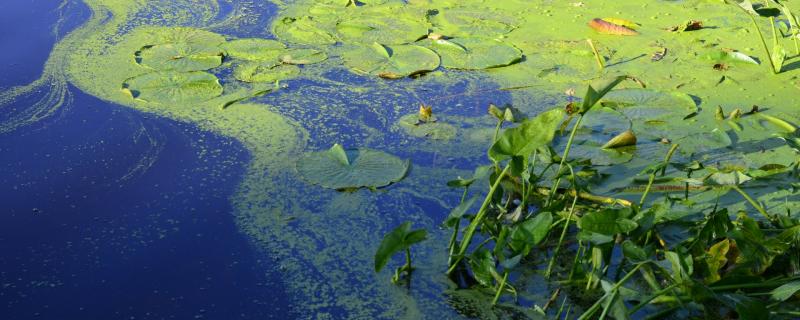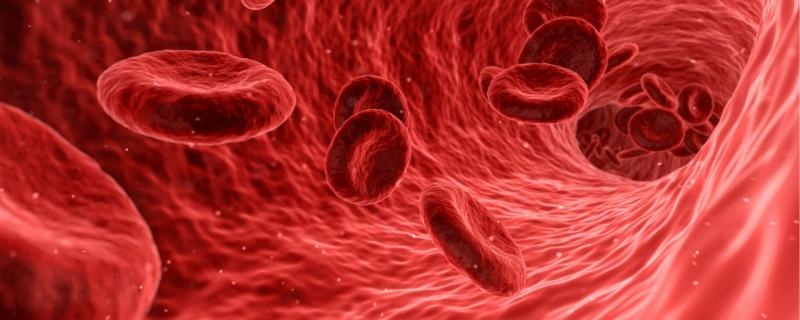Eyes have been described as one of the most beautiful organs of our body that is our window to the world, quite literally. But not everyone is fortunate to look through that window crisp and clear. Millions today suffer from blindness in the eyes due to many medical conditions. The good news is that some type of blindness like corneal blindness is completely curable, provided there is a generous soul that decides to donate his/her eyes at the time of death. Eye donation is slowly gaining awareness and many today are pledged donors. But how does one become a donor? How is the cornea taken from the donor and what is the status of eye donation in India? Find out more on the account of National Eye Donation fortnight.
Three new species discovered in the Himalayas: a new springtail from Sikkim and 2 new ants from Assam.
Sikkim/




